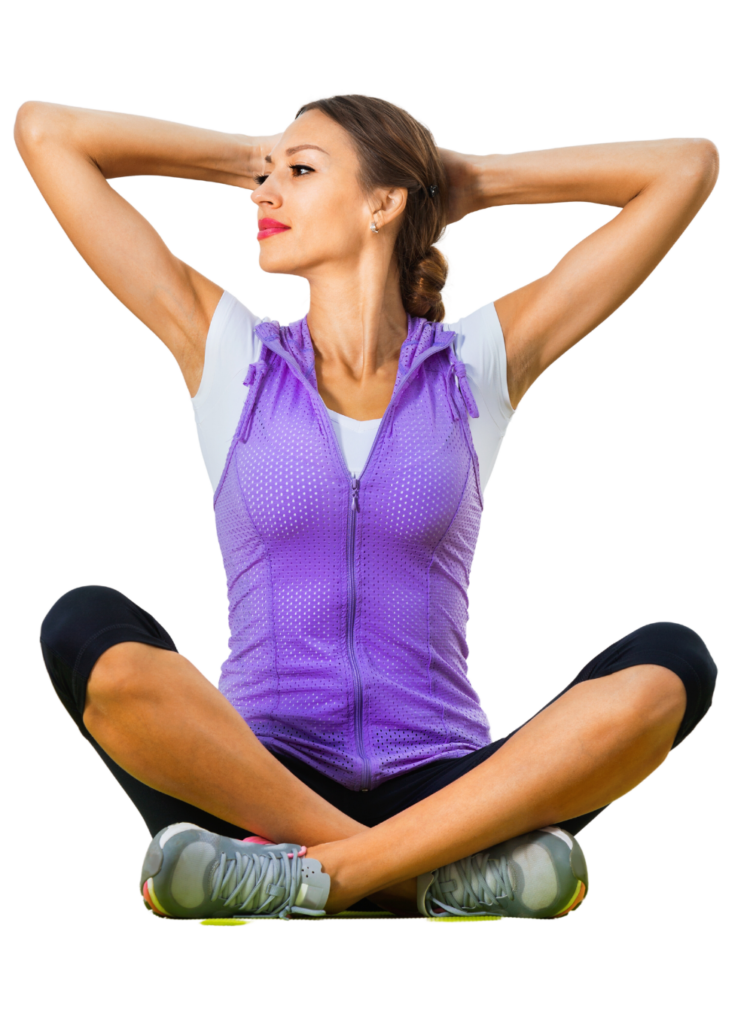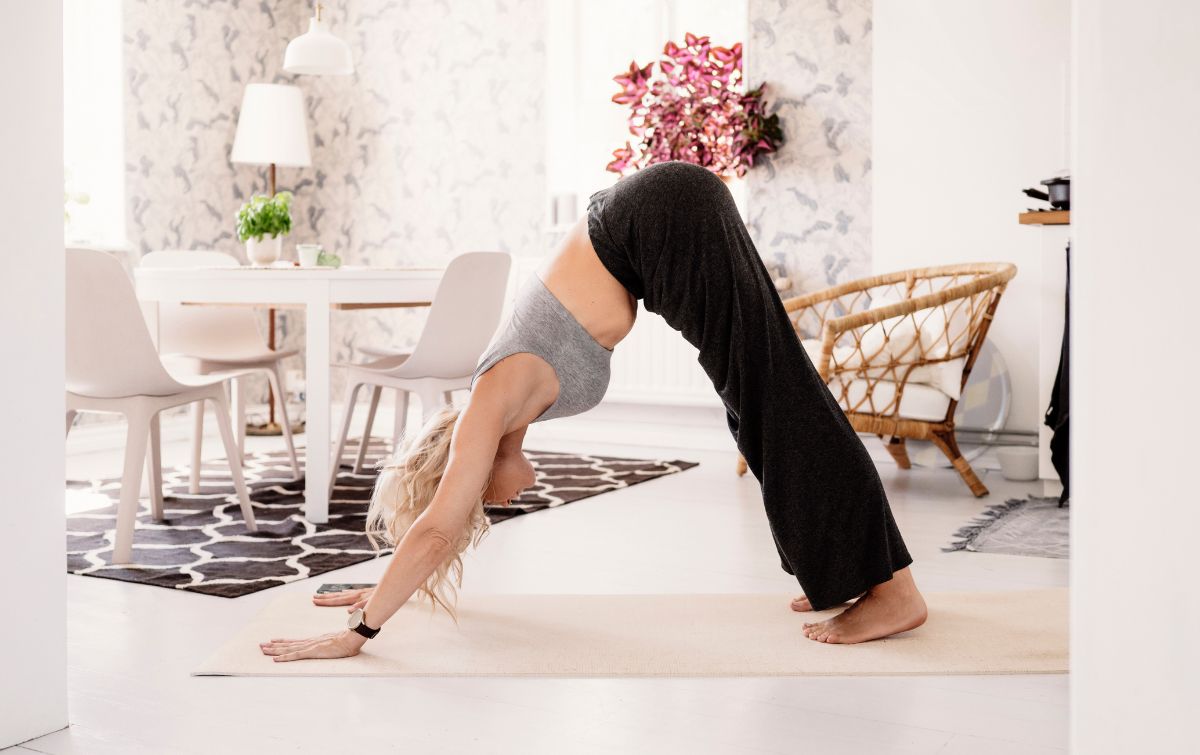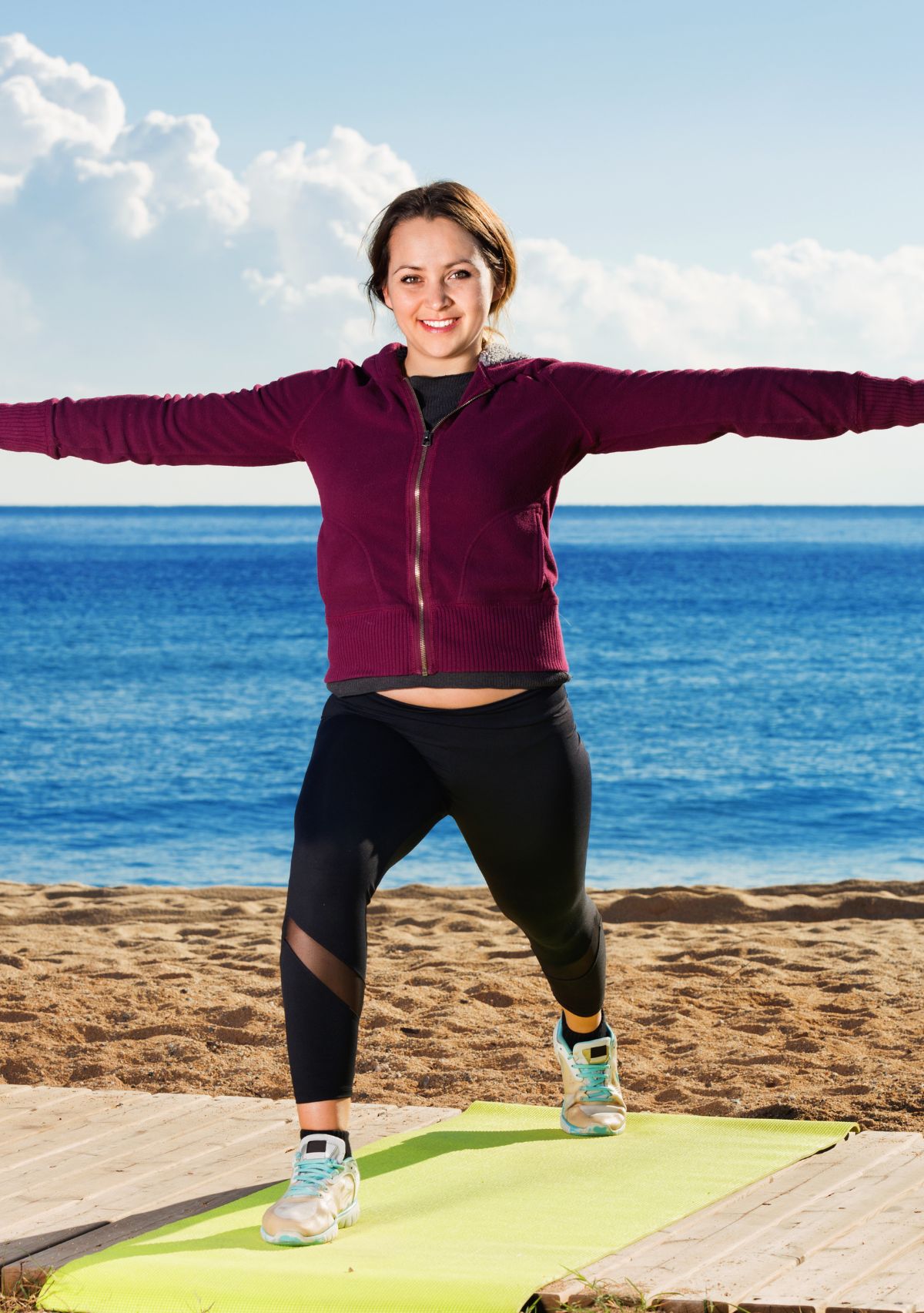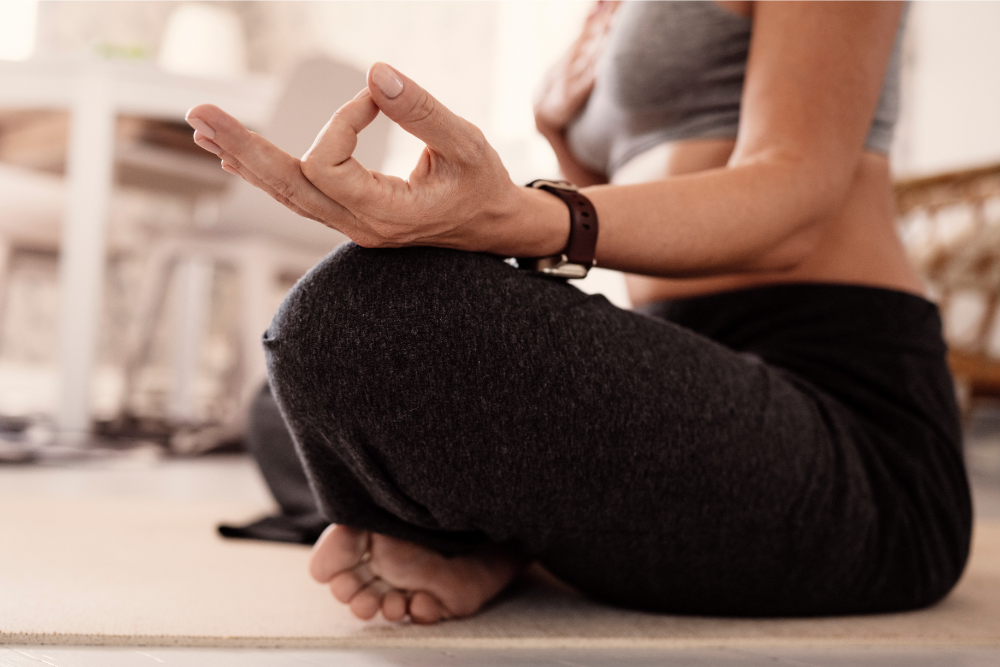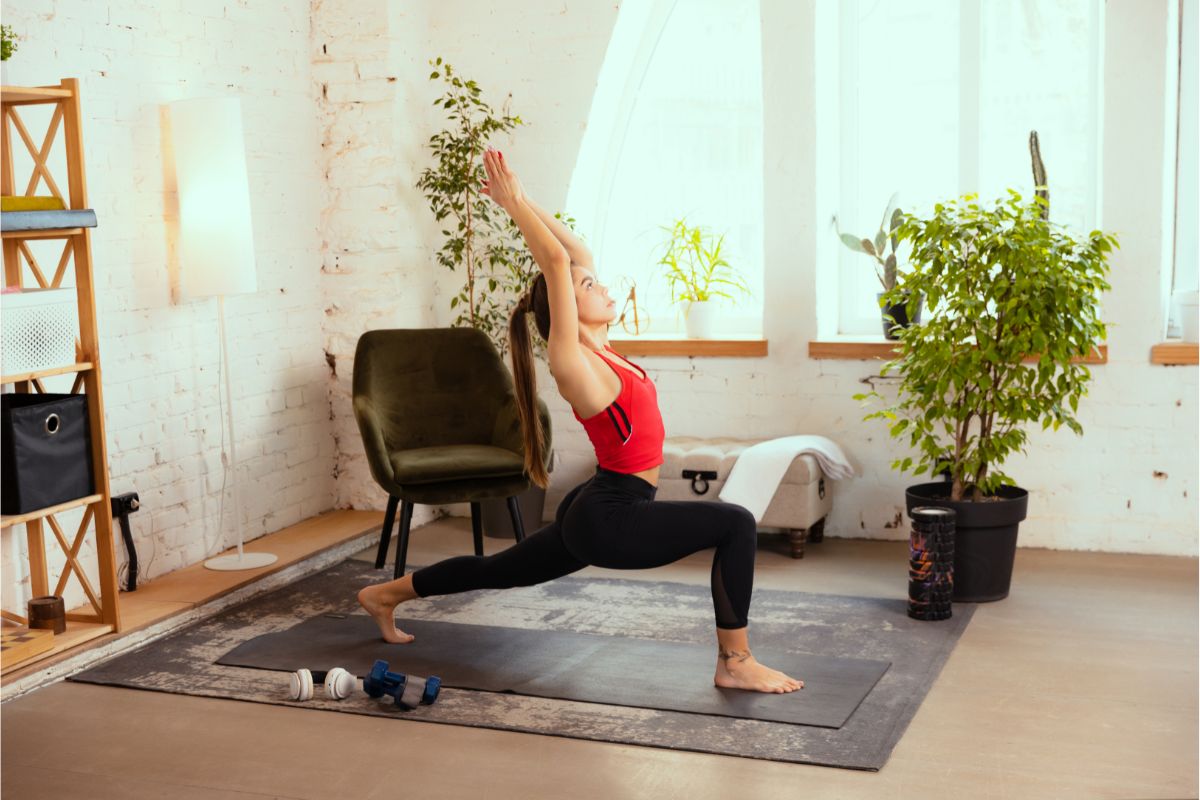Yoga Holidays Turkey
Welcome to Yoga Holidays Turkey
Discover the perfect harmony between wellness and wanderlust at Yoga Holidays Turkey. Unwind, rejuvenate, and explore the ancient lands of Turkey while nourishing your inner self through yoga and holistic practices.
mmerse yourself in the practice of yoga
Yoga Retreats
Enhance your well-being through expert-led workshops on nutrition
Wellness Workshops
About Yoga Holidays Turkey
At Yoga Holidays Turkey, we are dedicated to offering a unique and transformative experience that combines the ancient art of yoga and FMG with the breathtaking landscapes and rich culture of Turkey. Our story began with a group of passionate yogis who shared a deep appreciation for the natural beauty and cultural richness of this enchanting country.
Our team of experienced yoga instructors and wellness experts are dedicated to guiding you through your journey.
Find Out Where You Need to Start
Explore our blog for insightful articles on yoga, wellness, Turkish culture, and travel tips. We’re here to provide you with valuable information to enhance your journey with us.
FMG Pro
FMG Pro is not just a fitness program; it’s a lifestyle that helps you take your fitness journey to a professional level. Designed for individuals who are passionate about bodybuilding and achieving peak physical performance, FMG Pro offers a comprehensive approach to reaching your fitness goals.
FMG Bodybuilding
FMG Bodybuilding is a key component of the FMG Pro program. It’s all about building and sculpting your physique through structured resistance training, nutrition, and expert guidance. Whether you’re an aspiring bodybuilder or simply want to refine your physique, FMG Bodybuilding provides the knowledge, techniques, and support you need to reach your body goals.
FMG Meaning
The acronym FMG can have various meanings, but in the context of fitness, it stands for “Fitness, Muscle, Growth.” FMG is about pushing the boundaries of what your body can achieve. It signifies a commitment to physical fitness, muscle development, and continuous growth in your journey towards a healthier, stronger, and more confident you.
What People are Saying
Yoga Holidays Turkey exceeded all my expectations. It’s a must-visit destination for yoga enthusiasts.
Our dedicated team is ready to assist you in planning your yoga retreat or addressing any questions you may have.
We’d love to hear from you and assist with any inquiries or information you may need. Feel free to get in touch with Yoga Holidays Turkey through the following channels:

